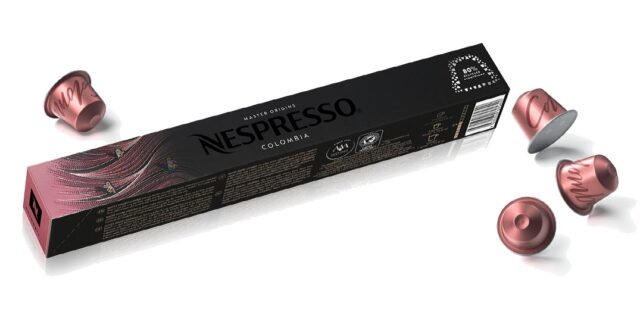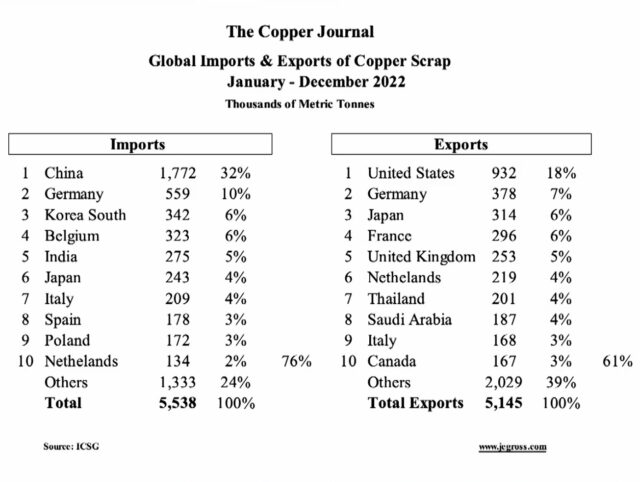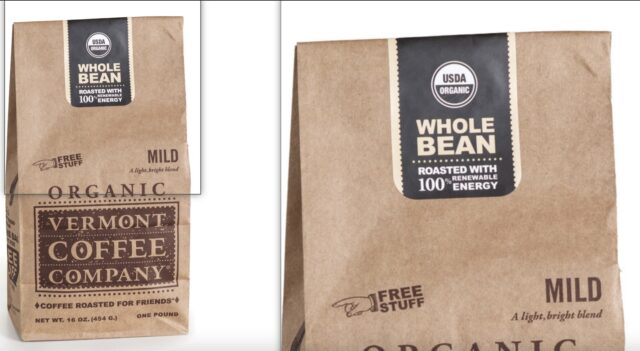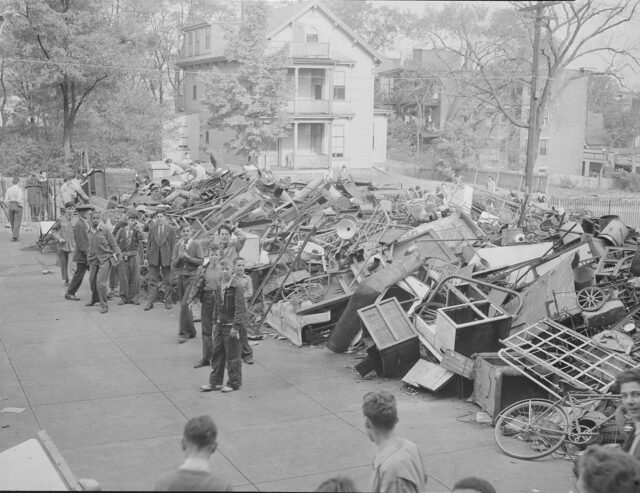Global manufacturers have set ambitious targets for using recycled materials to meet sustainability goals. According to Boston Consulting Group, Coca-Cola wants to use 50% recycled material in its packaging by 2030; General Motors wants to increase its share of sustainable materials to 50% or more this decade. (Source)
For a company like Coca-Cola, using recycled aluminum for its beverage cans makes sense: the material requires about 5% of the energy needed to produce new aluminum, plus aluminum can be recycled infinitely.
Nespresso is another company using recycled aluminum to meet sustainability goals.
Nespresso Coffee Capsules: 80% recycled aluminum

© Nespresso
Nespresso, a B-Corp owned by Nestlé, has always focused on reducing waste and reusing product materials.
In 1991, the company created a recycling program that allowed its customers to return used coffee capsules – either to a Nespresso store or by mailing them in – versus tossing them in the trash. (In fact, the current coffee machines have mechanisms that eject the used capsules into a built-in holding container.)
In 2020, Nespresso announced the launch of its first coffee capsules made using 80% aluminum. Today, the entire coffee line incorporates recycled aluminum, and the company’s recycling efforts include 100,000 collection points worldwide for the capsules.
In addition, the company is the co-founder of the Aluminum Stewardship Initiative, which is focused on the “responsible production, sourcing, and stewardship in the global aluminum value chain.” (Source)
To learn more about the company and its environmental commitment, visit: https://nestle-nespresso.com
Continue reading »







